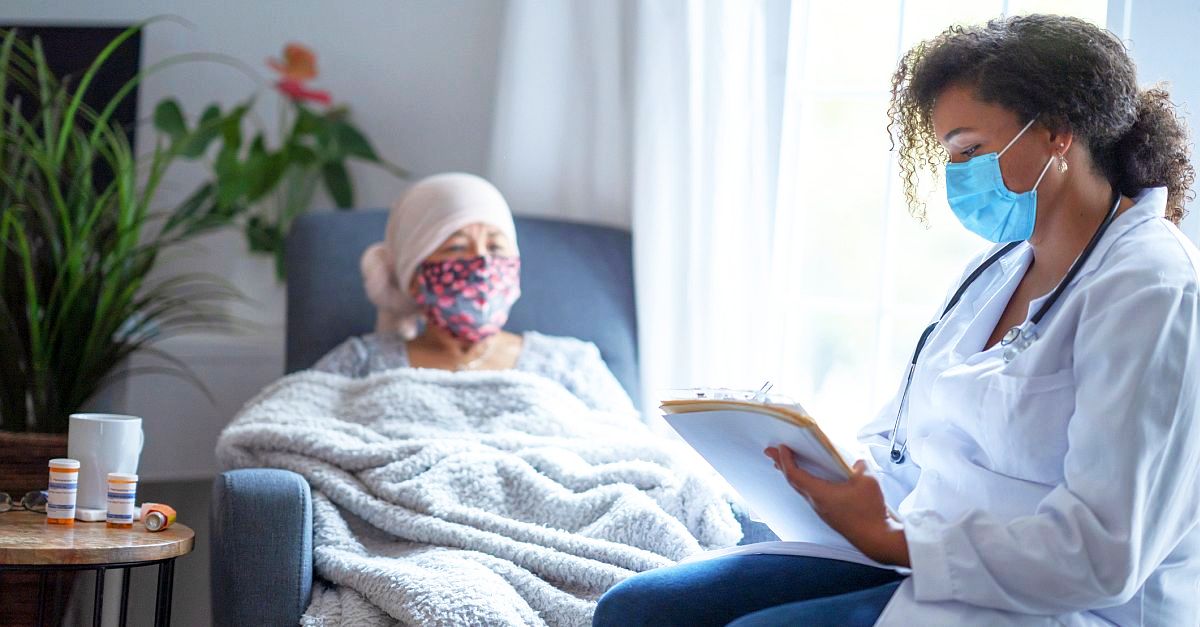Although some countries are beginning to reopen, the long-term impact of COVID-19 on cancer care continues to manifest. According to the IQVIA Institute Global Oncology Trends report, screenings remain at 11% to 23% below baseline levels. Diagnostics for screening and monitoring reached a deficit of 11 million in 2020. It is estimated that nearly 22 million screening tests for the most common tumors have been disrupted, risking delayed or missed diagnoses for almost 67,000 patients in the US alone, with the greatest impact in patients with breast or colorectal cancers. These delays are now impacting patient prognoses. In the US, community oncologists reported an increasing share of patients presenting with metastatic cancer by the time they are diagnosed. Oncologists reported sustained delays in surgeries, chemotherapy, and diagnoses, which may have consequences over the next several years. Similarly, the IQVIA Institute reported that caseloads are down by as much as 51% from pre-pandemic levels in the US, Japan, and Europe.
Despite these trends, research and the use of new therapeutics have had consistent growth. Through the collaborative efforts of oncologists, other care providers, governments, payors, and life science companies, scientific advances and use of new therapeutics has steadily continued on an upward trend. A total of 64 new active oncology substances launched globally in the past 5 years, and over 60% of these have been oral formulations. There is now a pipeline of almost 3,500 potential cancer treatments, a 75% increase from 5 years ago. Half of the late-phase pipeline includes a wide range of next-generation and targeted therapies for rare cancers. There has been a particularly rapid shift toward next-generation biotherapeutics, including gene editing, chimeric antigen receptor T-cell therapy (CAR T), and RNA therapeutics in both early and late phases. Checkpoint inhibitors have also had high uptake, and account for much of the growth in spending on oncology medicines ($71 billion in 2020) in the US. Specifically, programmed cell death protein 1/ligand 1 inhibitors are now used across most solid tumors. CAR T facilities are now available within 50 miles of nearly two-thirds of the US population. Globally, there are 386 accredited hospitals with international standards for administration of CAR T therapies.
Global oncology spending also continued to rise, reaching $164 billion in 2020, for an average increase of 14.3% over the past 5 years. The rate of increase is expected to slow to 9%–12% over the next 4 years due in part to reduced growth in biosimilars. By 2025, global oncology spending is still likely to exceed $260 billion, with about 20% in immuno-oncology.
High level
The reduction in screenings and diagnoses is attributed primarily to patient hesitancy, reduced system capacity, and disruption to health services. Health systems and payors should focus on addressing these factors, particularly system capacity and accessibility of health services, to facilitate a return to normalcy. Additionally, the research trend toward next-generation and targeted therapies for rare cancers will subsequently increase the need for molecular testing. Health organizations, payors, and providers must stay on top of the latest research and ensure they have the capacity for testing and treatment of patients using these novel therapeutics.
Ground level
The increase in oral and subcutaneously administered therapeutics has enabled providers to choose from a range of treatments that require less in-person time for administration, a particular benefit during the pandemic. The trends report indicates an increase in remote consultations, particularly in Spain and the UK, and this shift may be here to stay. Many oncologists in the EU4 + UK reported that about 20% of their consultations moving forward will continue to be remote, and a higher percentage of UK oncologists predict remote consultations will become a regular part of their practice. However, remote consultations remain relatively low in Japan, with only a slight increase over pre–COVID-19 levels. Oncologists should prepare for continued use of remote consultations even after the pandemic recedes.

